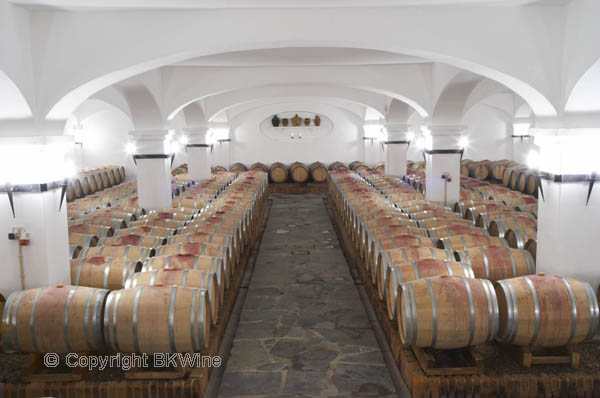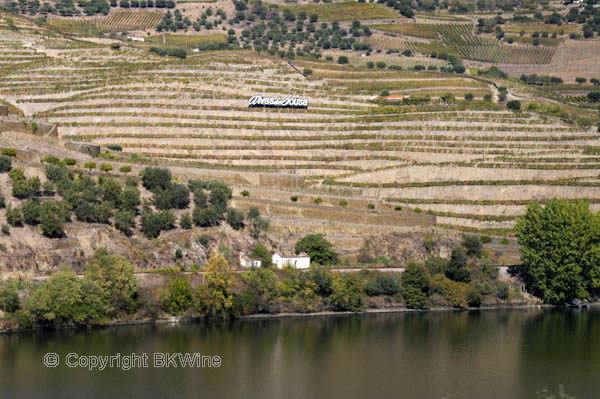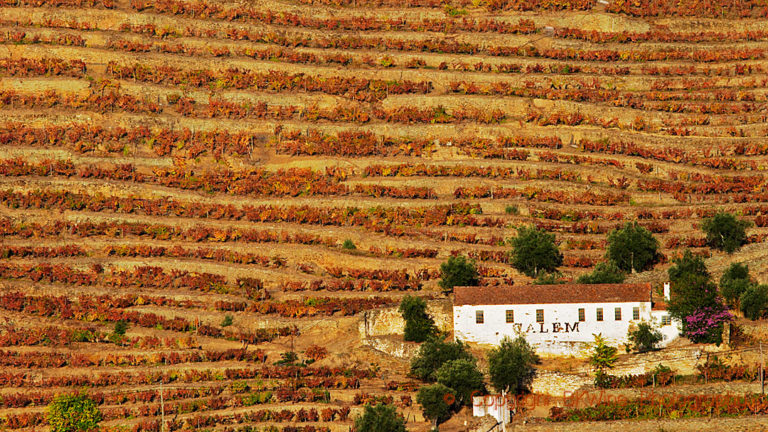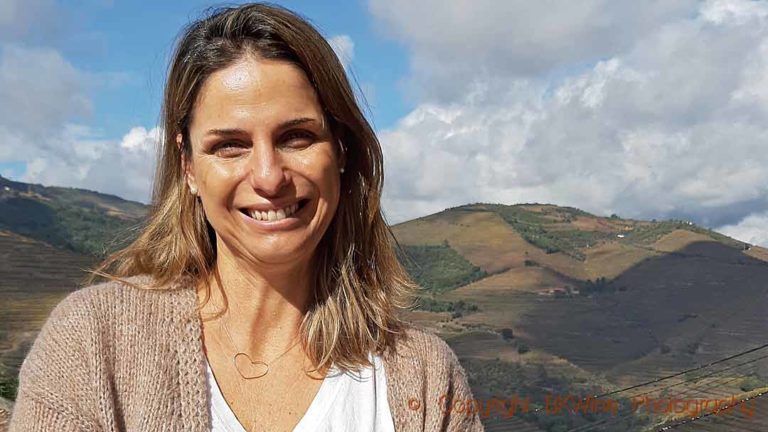Portugal is a relatively unknown wine country, apart from port wine. But in recent decades, the Portuguese “table wine” production has made significant steps forward. Today you can find wines from Portugal, both in the category “medium-priced and very affordable” wines as well as true top-quality ones. The Portuguese wine day gave an opportunity to sample some of the goodies. BKWine’s Anette Zellen Soderstrom reports in two articles about Portuguese wines.
With wet feet (snow and rain in Stockholm), I come to Portugal, or, well, at least to a beautiful hall filled with wine from Portugal. On location at Berns I find 40 wine producers huddling together, the tables groaning over with bottles of white, red, rosé and sweet.
A Portuguese Wine Day is needed. I am far from alone in having scant knowledge of Portugal’s wine country. My own experience is from a few tastings with a bit more upscale wines, a few charter trips in the early 90s and then the memory of the slightly spritzy white wine Vinho Verde and of course Mateus rosé that many drank in the 80s. In my wine cellar, when I look, I find five (!), two madeira wines, a port and two moscatel de setubal. Not a single dry wine, either red or white. It is to be corrected.
Portugal is the world’s 10th wine producer. Primarily it produced red wine, twice as much as white. The most unique aspect is the regional and local varieties and they are many. Portugal has been making wine for over 4000 years and they are very protective of their very own indigenous grapes, although some have begun to grow some international varieties such as chardonnay etc. The wines traditionally also have often been rustic, heavy with tannins, sometimes oxidized and lacking fruit sometimes because producers have chosen to include the stems in the fermentation.
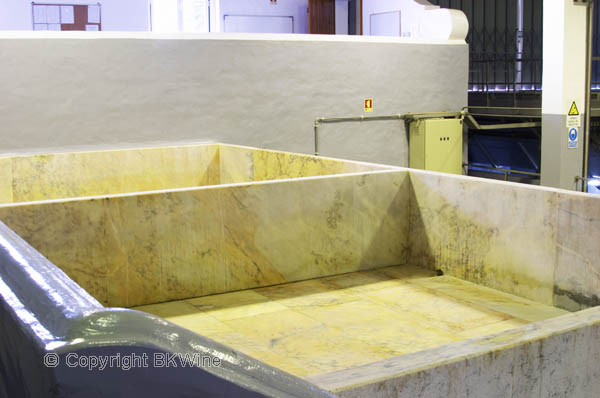
Today the trend is toward wines of fruitier types, and despite strong traditions, like foot-treadiing grapes, you also find a lot of innovative winemakers.
Just like in the rest of Europe, Portugal has its classifications. There are 29 different DOC areas.
Some of the common white wine grape varieties are: alvarinho (in Spain / Rias Baixas albarino), loureiro, bical. The most common red varieties: touriga nacional, touriga franca, baga, tinta roriz (tempranillo).
Today it is becoming more and more common with single grape variety wines, but there are still some wineries that have upwards of 50 different grape varieties. They grow sometimes helter-skelter in the vineyard and growers do not distinguish between them when they harvest put them all in the same vat. Foot-treading is still commonplace, but whichever approach is used they know that it requires care and consideration in the production to make a good wine.
In this elongated but narrow country wine is cultivated almost everywhere; in the Douro Valley very red and sweet, in Vinho Verde good white wines, especially the spritzy white wine, and further south we find Setubal which makes it wonderfully sweet wine moscatel de setubal.
So, if I want a really good wine with a little more sophisticated food, can I get it?
O yes!
Look what I found:
José Maria da Fonseca
At the first table Antonio-Maria Soares gives me a tasting from white to sweet. He says that they have a long tradition of wine but that they are still innovative and that some of the wines are in modern style. They have over 350 different grape varieties in the vineyards.
The first wine I taste is the Twin Vines. His twin daughter’s birth became an inspiration for the name. The wine is from the Vinho Verde and is of course slightly spritzy, fresh and floral. This is summer.
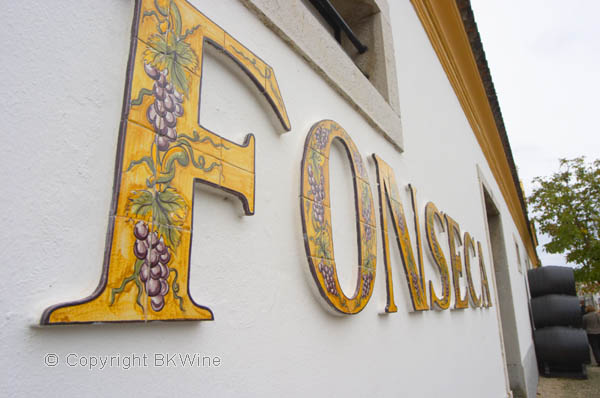
A wine that many know of, but maybe have not tasted, at least not in decades, is Periquita. It is not quite so simple as one might think. The first Periquita I taste is from 2012 and feels fairly basic, fruity, high acidity and with not much elegance. Around 7 euro. Next I taste Periquita Reserva 2011, inspired by the new world and more complex. ~10 euro. The last is a Periquita Superyor 2009 This is a scent bomb of spices and dark berries, tastes deliciously of ripe cherries and is well balanced with pleasant tannins. ~35 euro.
Another surprise comes next with J de José de Sousa 2011, a modern wine reminiscent of Superyor with its spicy and fruity notes. They have released only 160 bottles to Sweden at around 38 euro.
The last wine is sweet: Alambre 10 anos, flavours of apricot and toffee. ~18 euro.
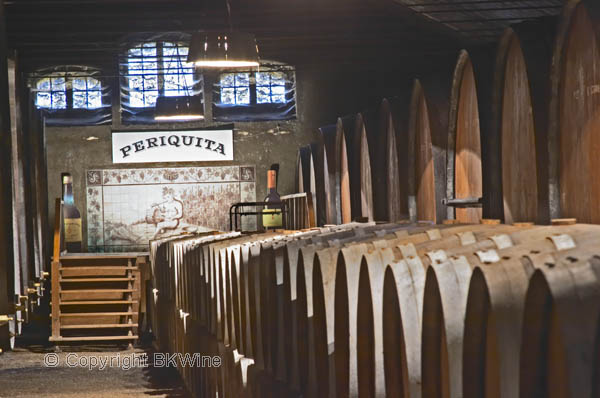
Domingos Alves de Sousa
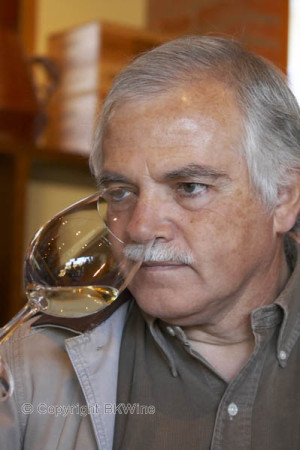
Domingos comes from the Douro valley and although he trained as a civil engineer, the call from nature, and perhaps the influence of father and grandparents, became too strong. He dropped out and began to get involved in anything that had to do with wine. He certainly had quite a lot of use of his engineering degree when he changed the focus of the winery and began making dry red wines, rather than only port. Today he offers white, red and sweet and all is very good.
Branco Gaivosa 2012, a little smoky / mineraly, grass, dry and light wine.
Branco Reserva 2005, slightly oxidized aroma of ripe old apples, the flavour mellow but still dry, citrus.
Quinta de Gaivosa 2009, fairly neutral nose but plenty of berries on the palate with round tannins and nice acidity. ~35 euro.
Quinta de Gaivosa vinha the Lordelo 2009, spicy, berries, slightly sweet on the nose. Taste of dark berries, spice, balanced tannins and good acidity.
Alves de Sousa Reserva Pessoal 2005, soft, generous with good tannins and lovely dark berries, chocolate in finish.
Caldas white port, wonderfully soft with just enough sweetness to simply drink as it is according to Domingos, although he did agree that a creamy cheese could match it nicely.
Quinta Gaivosa Port 20 Years Old, raisins, nuts, dried fruit, good but slightly more alcoholic than the above.
Gaivosa Quinta Vintage Port 2011, my favourite among the sweets. Smells of plum and aniseed, on the palate cherry and liquorice.
After a few long tastings time for a break at the bar where chefs from Frantzén offer small deli-trays with accompanying drink. Most odd and delicious is fried pork rind with roasted white chocolate.
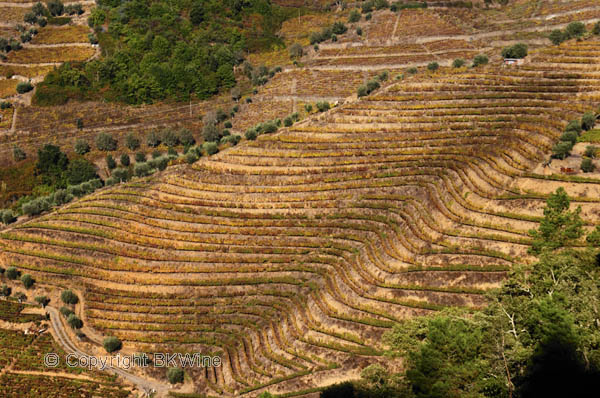
Anselmo Mendes
Since tomorrow I will be at a continuation of this exercise in Portuguese wines, where Anselmo Mendes will attend, I go to Anselmo’s table to sample a wine that I know will be served.
Alvarinho Parcela Unica 2012, the skins have macerated for a day and the wine has also been aged on its lees. Fermentation takes place in steel tanks but it is aged in two different phases in old oak barrels. This wine is soft, nice and floral, looking forward to try an older vintage tomorrow.
I also take the opportunity to try Alvarinho Curtimenta 2012. This is completely different, as it is aged in new oak barrels. Elegant with aromas of pear and flowers, tastes fresh and dry. ~28 euro.
Aliança
Tomorrow I will try an espumante from Alianca, but today they only show red wines at the table. I was interested in trying a single varietal from Bairrada, ie with the grape baga.
Alianca Bairrada Baga 2009, this is the really easy to like, lots of cherries and tight tannins. However, not everyone around the table agreed with me that it was delicious.
Joao Portugal Ramos
Here I choose the Marques de Borba 2012. What a great wine, full of smoke, cedar wood and spices in the aroma and a long aftertaste of blackcurrant. Will evolve into something quite fantastic is my guess. I will know tomorrow when the same wine will be served but 12 years older.
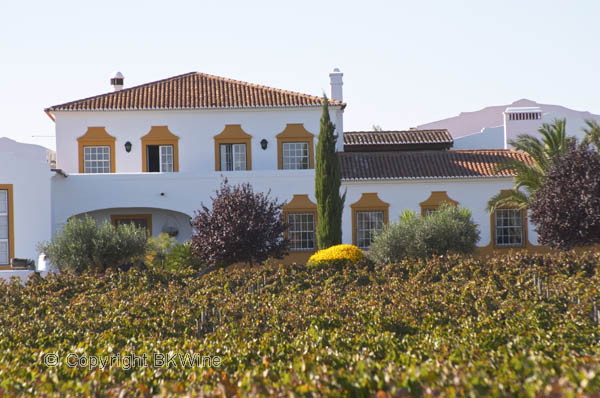
How can I then summarize today’s tasting of a somewhat forgotten wine country? There are good wines at good prices, but what caught my attention in particular were often the slightly more expensive wiens. At the Swedish monopoly Systembolaget there are 350 wines from Portugal. The country that is closest to Portugal in terms of wine production is Germany. At Systembolaget one can find twice as many German wines Portuguese.
I think this will change pretty soon. It is we who decide, we who want good wines at good prices. And maybe we also find an extra interest in a country that keeps its tradition of some very own and unique grapes.
This is the first of two articles on the Portuguese wine. In the next part, Exclusive treasures from the Portuguese wine cellar, you can read about some real rarities from Portugal that Anette tasted.
Anette Zellén Soderstrom writes on BKWine Magazine mostly about wine and wine tastings in Stockholm. She is an avid wine taster with a long tasting experience and is currently studying to become a sommelier.
[box type=”info” style=”rounded” border=”full”]
Portugal is an exciting wine country where there is plenty to discover. This one quickly realises – lovely wines, its very own gastronomy and beautiful scenery – on a wine tour to e.g. the Douro Valley with BKWine. The next tour will be on October 22 to 26.
Travel to Portugal and to the world’s wine regions with the experts on wine and specialist on wine tours.
[/box]
